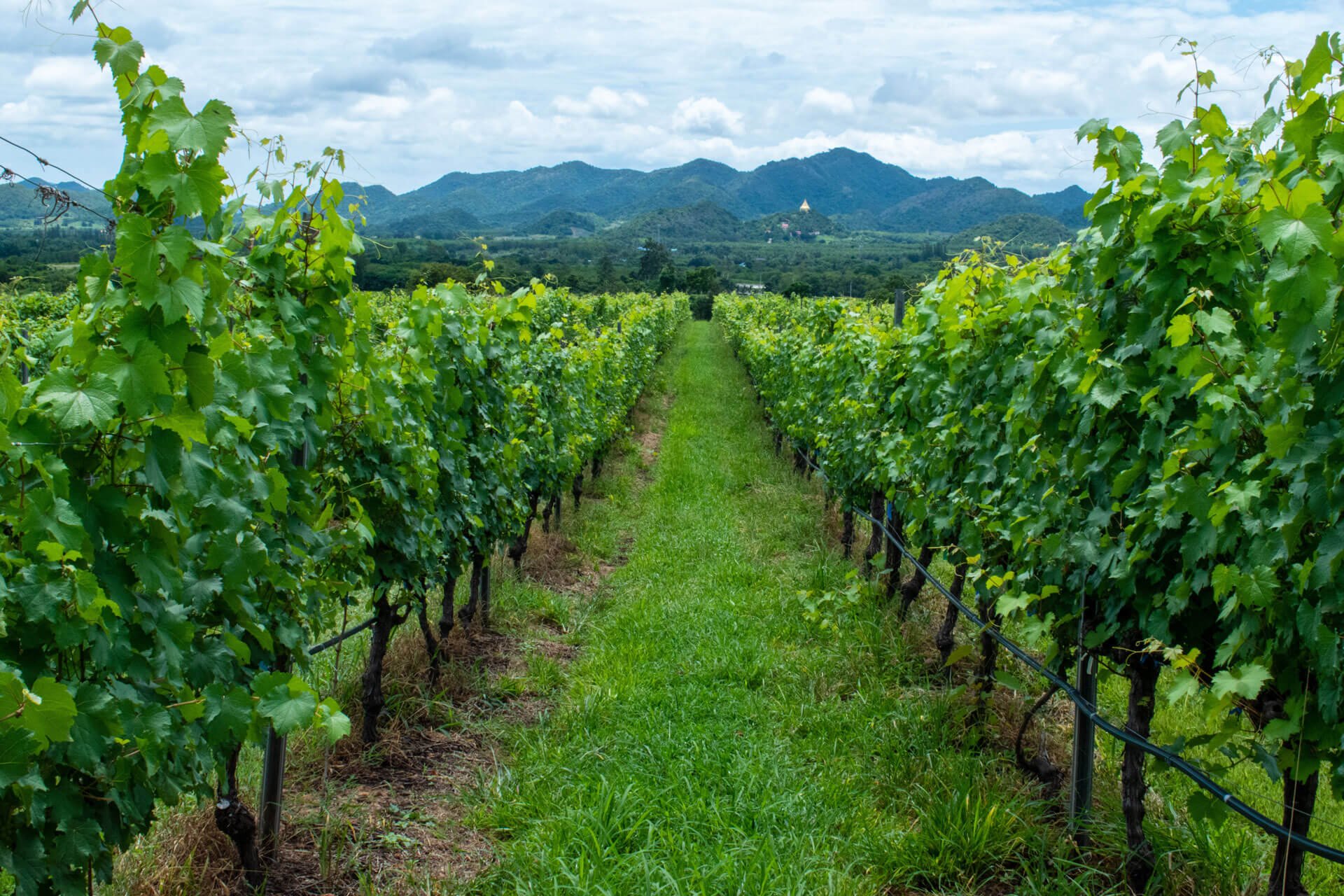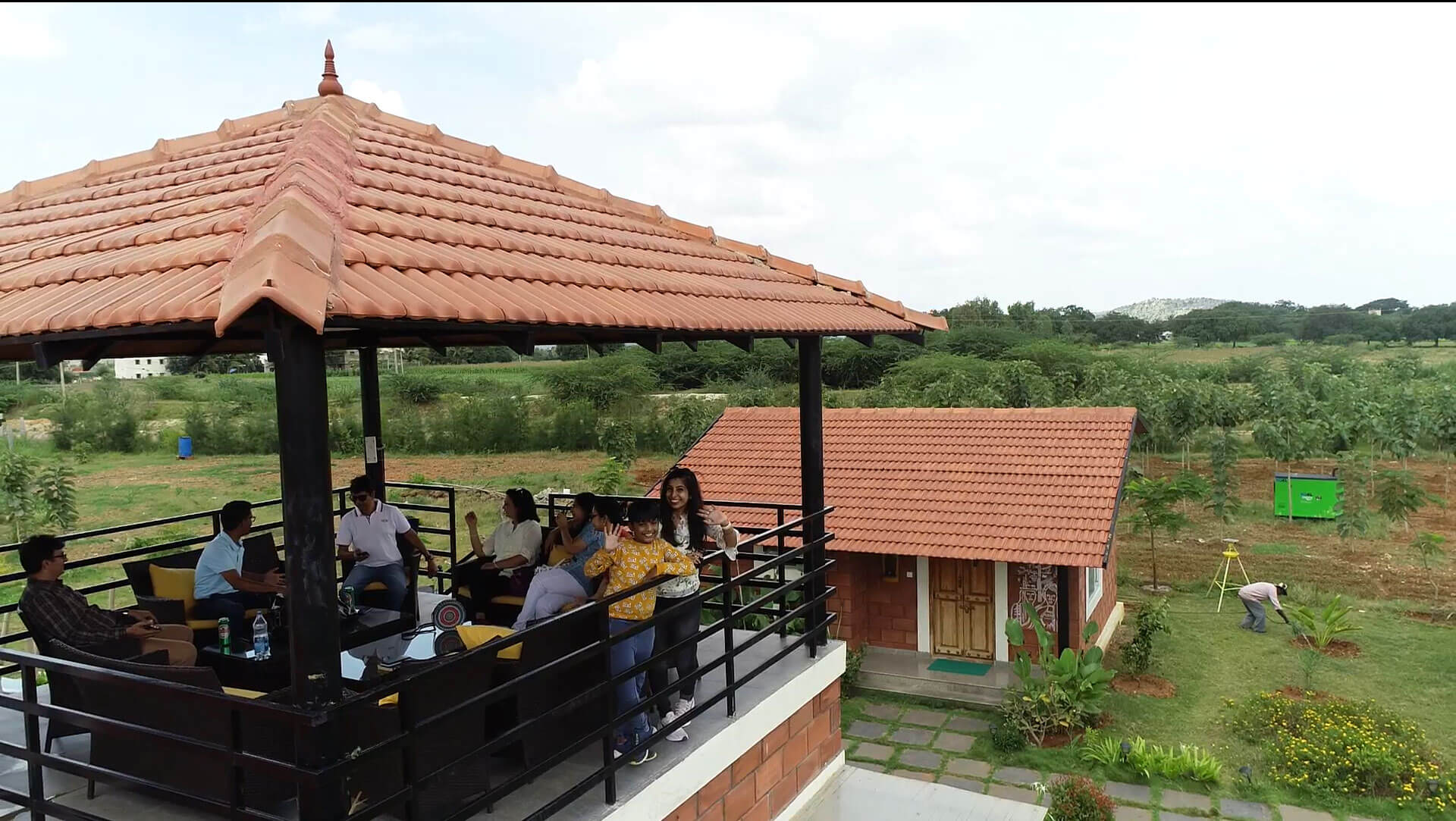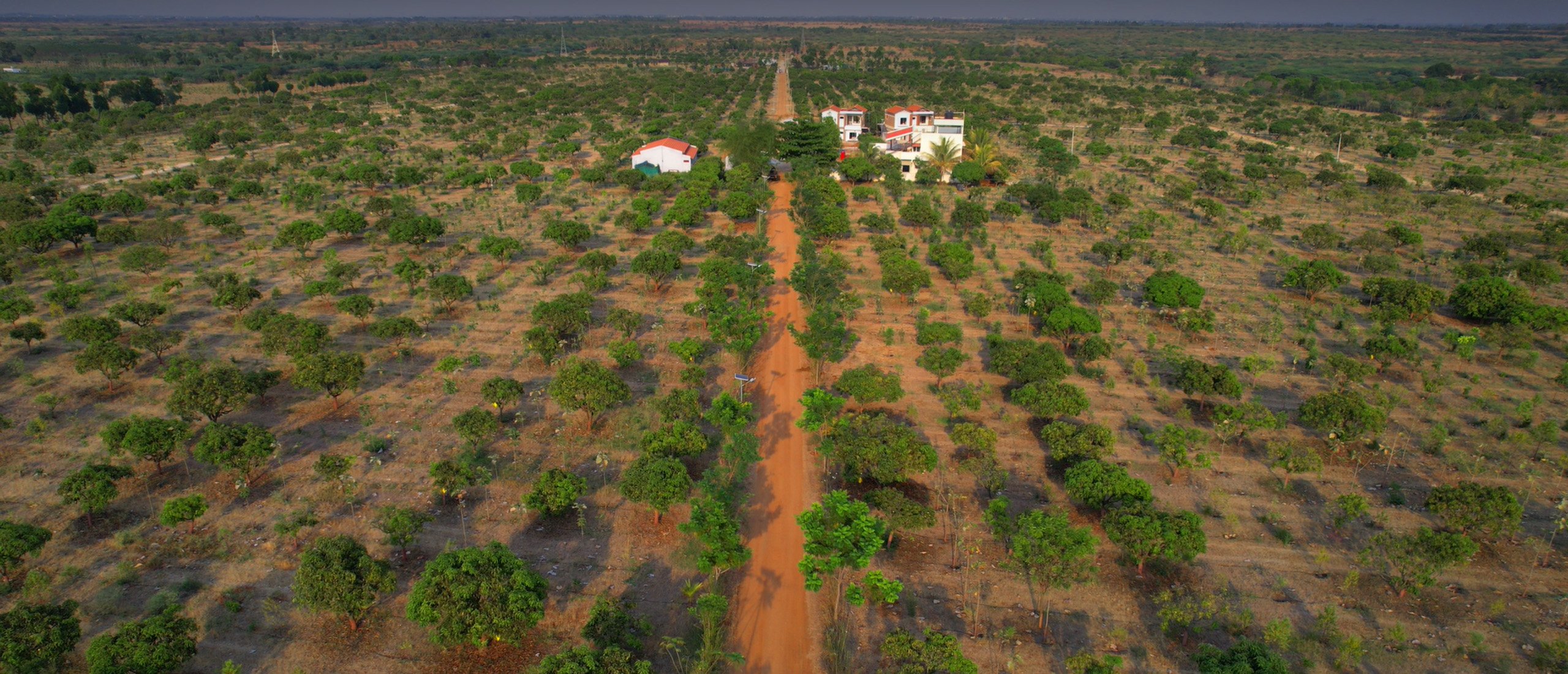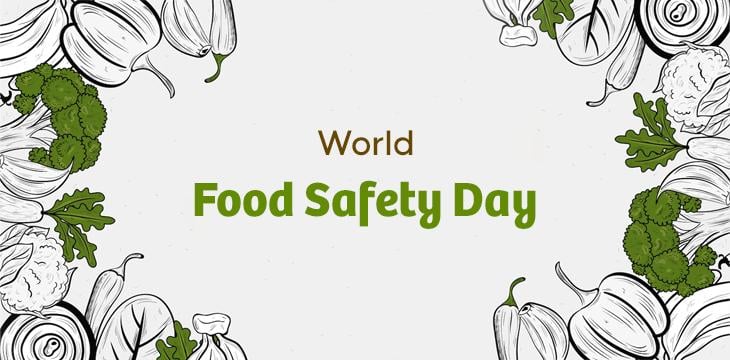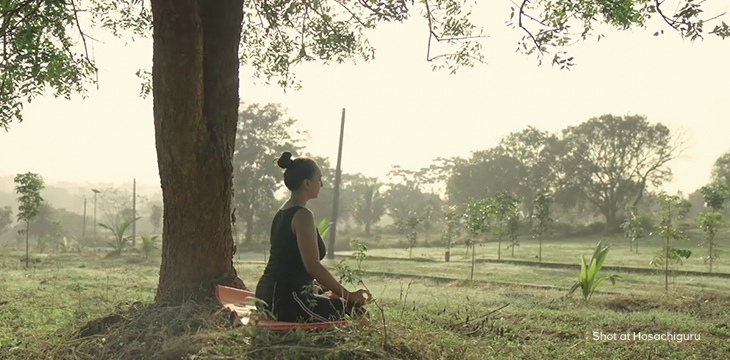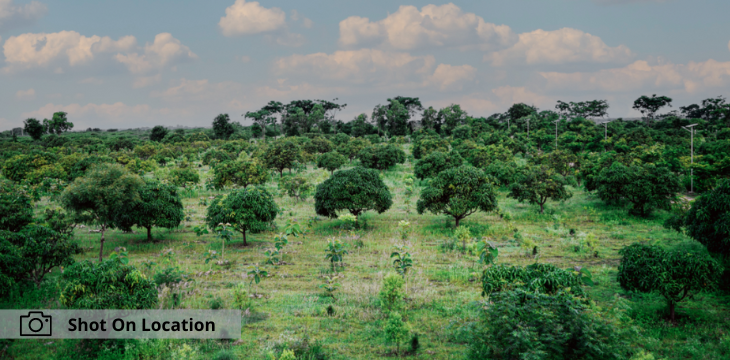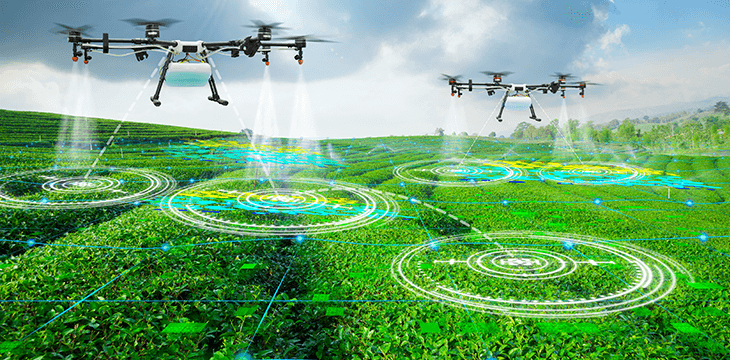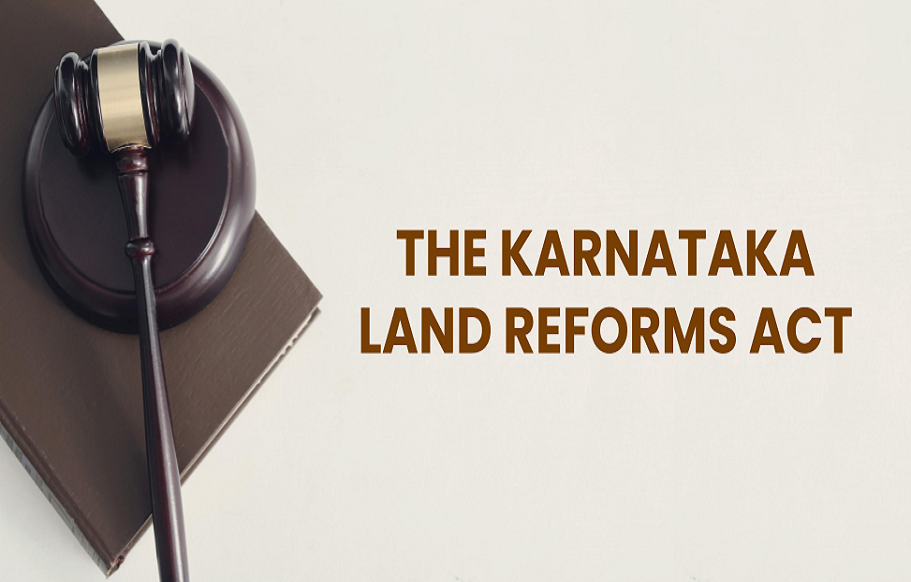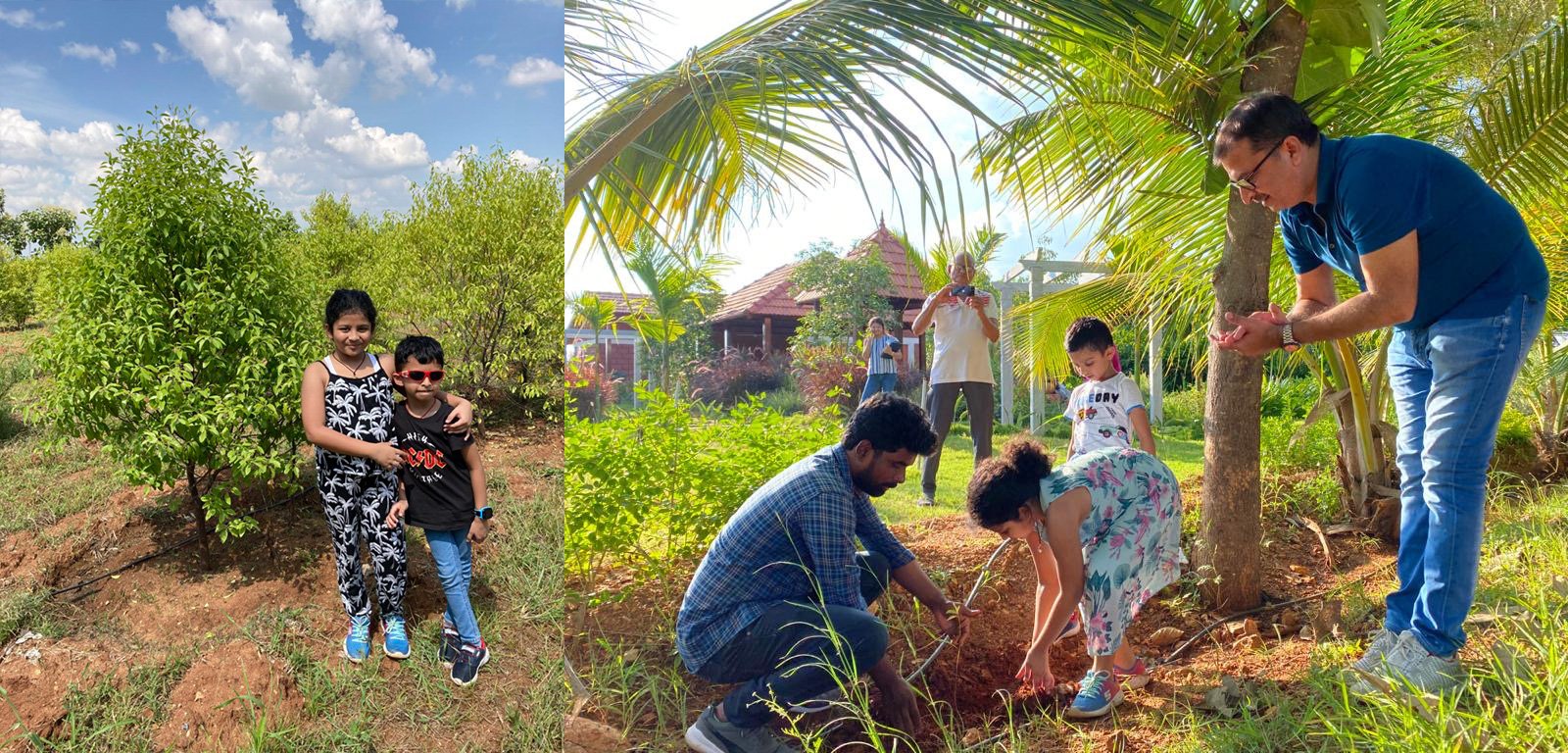September 27, 2024
In recent years, a growing number of urban professionals have shown a keen interest in owning farmland, viewing it as an opportunity for passive income. The idea of retreating to a rural paradise, cultivating plantations, and making money while embracing nature is enticing.
The common misconception is that farming, even on a small scale, can quickly generate significant returns. However, the truth is far more complex. Agriculture, especially in India, faces numerous challenges that urban dwellers may not be fully aware of. For instance, out of India’s 328.7 million hectares of land, only one-third is irrigated, another third is cultivable, and the remaining is left fallow. This stark underutilization of agricultural land reveals the difficulty of sustaining plantation’s production, particularly for small farmers.
The Harsh Realities of Agriculture
Farming is an occupation that requires a significant amount of manual labor, effort, and patience. Yet, despite subsidies on seeds, fertilizers, and equipment, profit margins for farmers remain razor thin. The reliance on external inputs, such as agrochemicals and genetically modified seeds, has created a cycle where farmers are heavily dependent on big agricultural companies. The shocking reality is that, in some cases, seeds won’t even germinate without the application of specific chemicals. This dependency leaves farmers vulnerable to high input costs and fluctuating market prices, making it difficult to achieve consistent returns.
Moreover, the agricultural market is notoriously unpredictable. If there is a surplus harvest, prices drop, while a poor harvest can drive prices up. This volatility leaves small farmers at the mercy of market forces they have little control over. Even protected cultivation, which might offer some buffer, comes with its own set of challenges, such as machinery maintenance and breakdowns.
The Debt Crisis Among Farmers
One of the gravest consequences of these challenges is the growing debt burden among farmers. A significant proportion of India’s farming population, particularly in South Indian states like Andhra Pradesh and Telangana, are heavily indebted. Government policies have often failed to provide sufficient support, forcing farmers to rely on high-interest loans from private money lenders. Rising costs, reduced subsidies, and inadequate procurement prices further exacerbate this issue, making farming not just a difficult occupation, but also a life-threatening one in extreme cases. It’s the only sector where many, disillusioned by their struggles, take the extreme step of suicide due to their occupation.
Cash Crops, Silviculture, Horticulture: The False Promise of High Returns
Urban investors are often enticed by companies promising quick profits from cultivating exotic fruits, horticulture crops, and vegetables. These high-value crops are marketed as offering substantial short-term returns. However, many of these promises come with significant risks. Exotic fruits and vegetables may require specialized care, expensive inputs, and are vulnerable to diseases, pests, and erratic weather patterns.
Moreover, companies often emphasize lucrative projections on paper, claiming secured partnerships and guaranteed markets, but in reality, the market for such crops can become oversaturated. As demand fluctuates, growers may face price drops, leaving them with lower-than-expected returns. Additionally, large corporations and intermediaries may further exploit small investors by controlling the supply chain, driving up costs, and reducing the share of profits that reach the farmers, despite their substantial investments in time, labor, and resources. The reality is often far more challenging than the rosy picture painted by these companies.
The Mirage of the “Rentable Farmhouse”
Another emerging trend is the idea of building farmhouses on agricultural land and renting them out on platforms like Airbnb. While this might seem like a clever way to generate income, the legalities surrounding it are often overlooked. In many cases, farmhouses cannot be used for commercial purposes, as they are intended solely for the use of the farmer and their family. Strict laws govern the use of farmhouses, limiting them to personal residences or for agricultural-related activities like storing equipment or tethering cattle.
Sustainable Farming: A More Realistic Approach
Rather than chasing the dream of huge profits through monoculture cash crops, there is a growing movement toward sustainable and integrated farming practices. Mixed plantations, agroforestry, and diversified planting models offer a more stable, albeit modest, income. These practices are less vulnerable to the whims of weather and market fluctuations and reduce dependency on costly external inputs. Though the profits might not be enormous, they offer a more realistic and steady approach.
The Path Forward
For those considering investing in agriculture as a source of passive income, it is crucial to approach it with a realistic mindset. The glamour of farming, often romanticized in the media and advertisements, does not reflect the true struggles faced by small-scale farmers. Success in agriculture requires careful planning, a deep understanding of the market, and a willingness to embrace sustainable practices. Without this knowledge, what may seem like a lucrative investment could quickly become a financial drain.
In conclusion, agriculture can be a rewarding venture for those with the time, resources, and commitment to making it work. However, for urban professionals seeking passive income with minimal involvement, the harsh realities of farming must be understood. The promises of quick profits are often exaggerated, and the risks far outweigh the rewards for the unprepared. Agriculture is not just about planting crops and waiting for them to grow—it’s a labor-intensive, uncertain, and often unforgiving occupation. With proper research, a balanced approach, and realistic expectations, however, it can offer a sustainable, albeit modest, return.





















